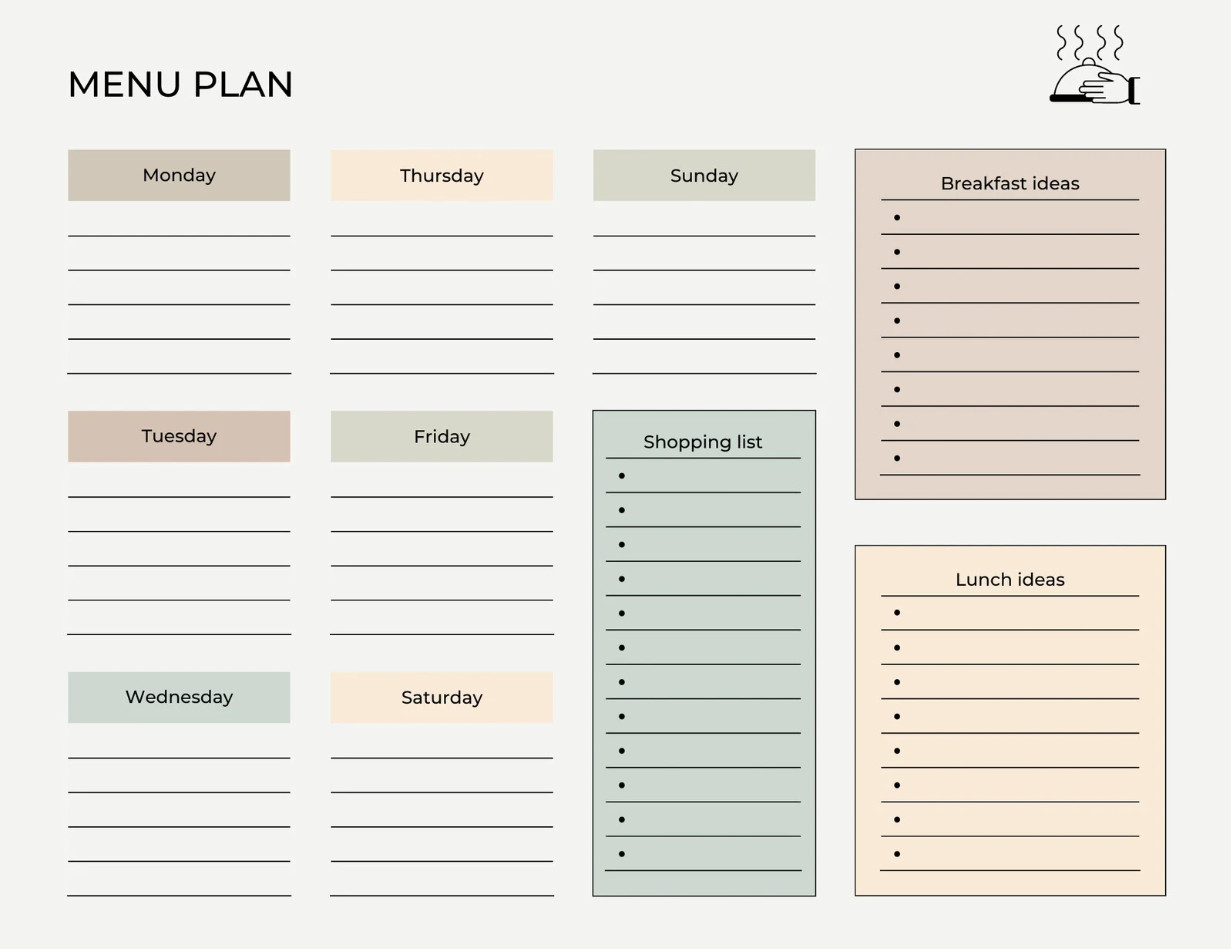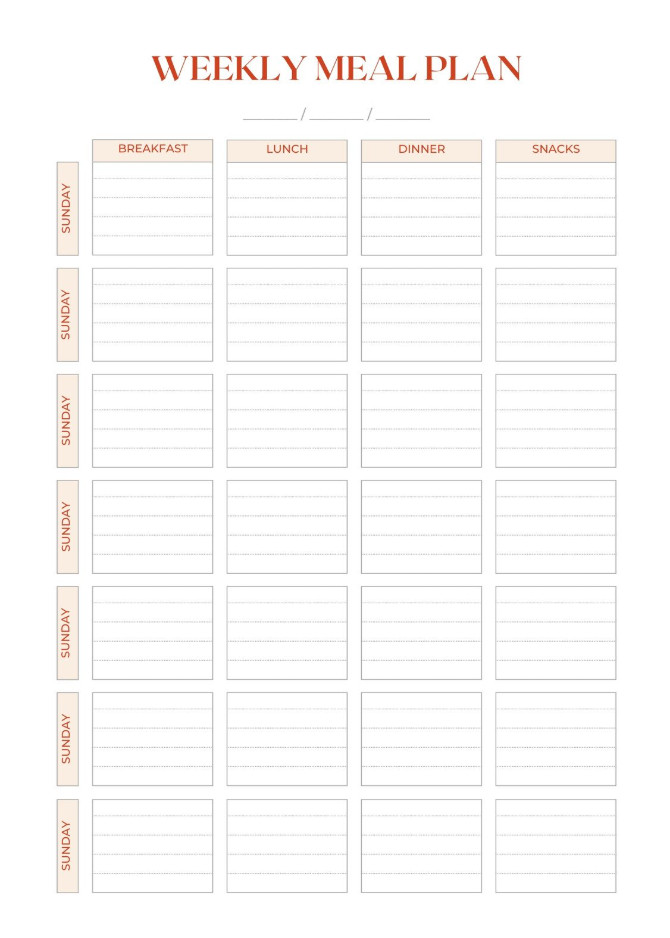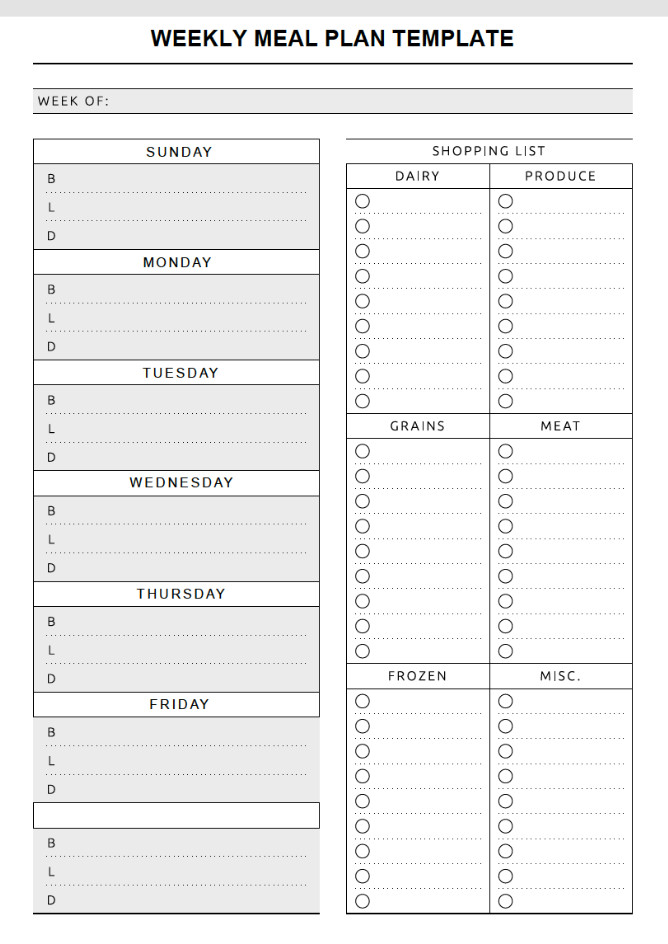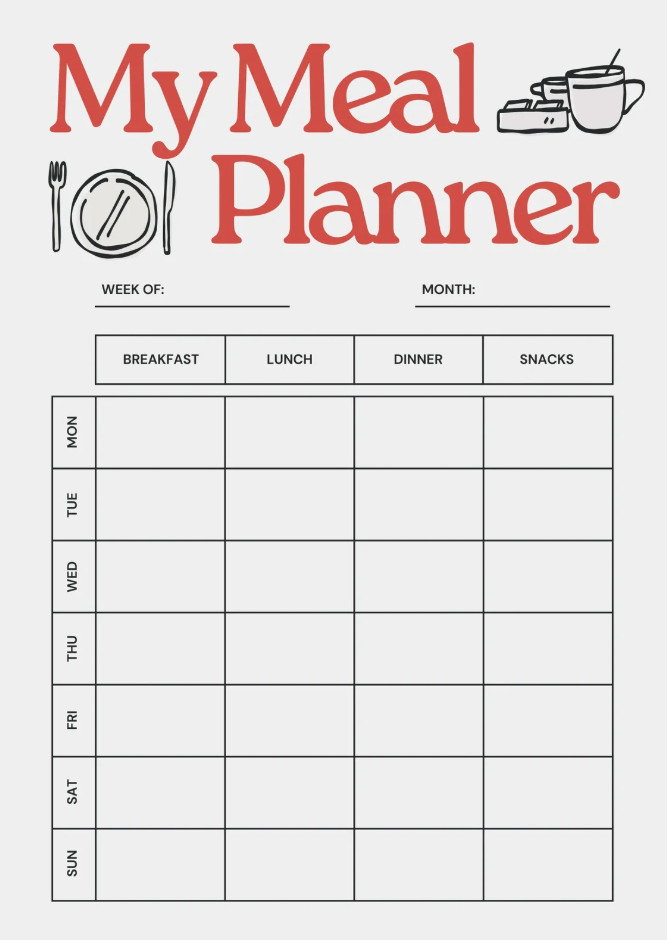When achieving specific health goals like weight loss, managing a medical condition, or improving overall nutrition, a structured diet meal plan can be a game-changer. By outlining what to eat, when to eat, and in what portions, a diet meal plan ensures a balanced and controlled dietary pattern.
This article will guide you through the benefits of using a diet meal plan, how to create one, and provide examples and tips for successful implementation.
What is a Diet Meal Plan?
A diet meal plan is a comprehensive guide that helps individuals achieve specific health goals by providing a structured approach to food intake. It is designed to outline what to eat, when to eat, and in what portions, ensuring a balanced and controlled dietary pattern.
Whether your goal is weight loss, managing a medical condition, or improving overall nutrition, a diet meal plan can be customized to suit your needs.

Why Use a Diet Meal Plan?
Using a diet meal plan offers several benefits:
- Structure: A diet meal plan provides structure to your eating habits, making it easier to stay on track and avoid impulsive food choices.
- Portion Control: By specifying portion sizes, a meal plan helps you maintain a balanced calorie intake, which is crucial for weight management and overall health.
- Balanced Nutrition: A well-designed meal plan ensures that you are getting all the essential nutrients your body needs, promoting optimal health and preventing nutrient deficiencies.
- Efficiency: With a meal plan in hand, you can save time and energy by knowing exactly what to buy and prepare, eliminating the need for frequent decision-making about meals.
- Accountability: Following a meal plan holds you accountable to your health goals, as it provides a clear roadmap to follow and helps you track your progress.
How to Create a Diet Meal Plan
Creating a diet meal plan may seem overwhelming, but with a step-by-step approach, it can be a straightforward process. Here’s how to get started:
1. Set Your Health Goals
Before creating a meal plan, it’s essential to define your health goals. Do you want to lose weight, manage a medical condition, or improve overall nutrition? Understanding your goals will help you tailor your meal plan to your specific needs.
2. Assess Your Current Eating Habits
Take a moment to evaluate your current eating habits. What are your strengths and weaknesses? Are there any dietary restrictions or allergies to consider? By identifying your starting point, you can make realistic adjustments and improvements to your meal plan.
3. Plan Your Meals
Start by planning your meals for the week. Consider the number of meals and snacks you need each day and distribute your calorie and nutrient requirements accordingly. Aim for a variety of foods from different food groups to ensure a well-rounded diet.
4. Create a Shopping List
Once you have your meal plan in place, create a shopping list based on the ingredients you’ll need. This will help you stay organized and ensure you have everything you need on hand for meal preparation.
5. Prepare Meals in Advance
To make sticking to your meal plan easier, consider meal prepping. This involves preparing meals or ingredients in advance, so they are readily available throughout the week. This can save time and make healthy eating more convenient.
6. Track Your Progress
As you follow your diet meal plan, track your progress to see how well you’re meeting your health goals. This can help you identify areas for improvement and make adjustments to optimize your results.
7. Stay Flexible
While a meal plan provides structure, it’s important to stay flexible and adapt as needed. Life happens, and there may be occasions when you need to deviate from your plan. Embrace flexibility and make mindful choices to maintain a healthy relationship with food.
8. Seek Professional Guidance
If you’re unsure about creating a meal plan on your own or have specific dietary needs, consider seeking professional guidance from a registered dietitian or nutritionist. They can help you create a personalized meal plan that aligns with your health goals.
Examples of Diet Meal Plans
Here are a few examples of diet meal plans to give you an idea of how they can be structured:




Tips for Successful Implementation
Here are some tips to help you successfully implement a diet meal plan:
- Keep it Realistic: Set achievable goals and create a meal plan that fits your lifestyle.
- Stay Consistent: Stick to your meal plan as much as possible to see the best results.
- Listen to Your Body: Pay attention to hunger and fullness cues, and make adjustments to your meal plan accordingly.
- Stay Hydrated: Drink plenty of water throughout the day to support overall health and well-being.
- Be Mindful of Portion Sizes: Use measuring cups or a food scale to ensure accurate portion sizes.
- Experiment with Recipes: Keep your meal plan exciting by trying new recipes and flavors.
- Practice Self-Care: Take time for self-care activities to support your overall well-being.
By following these tips and utilizing a diet meal plan, you can take control of your health and achieve your desired goals.
Diet Meal Plan Template – Download